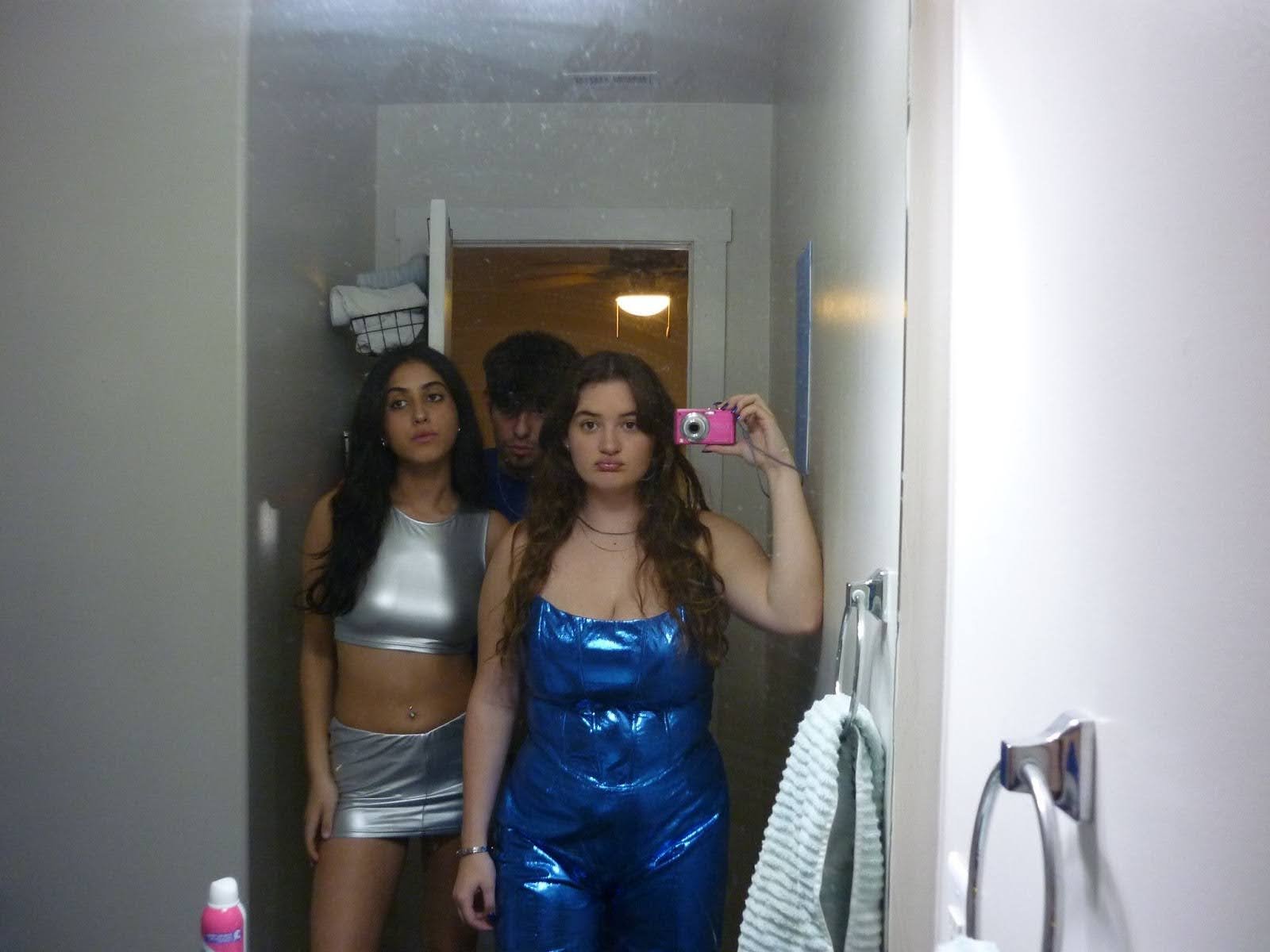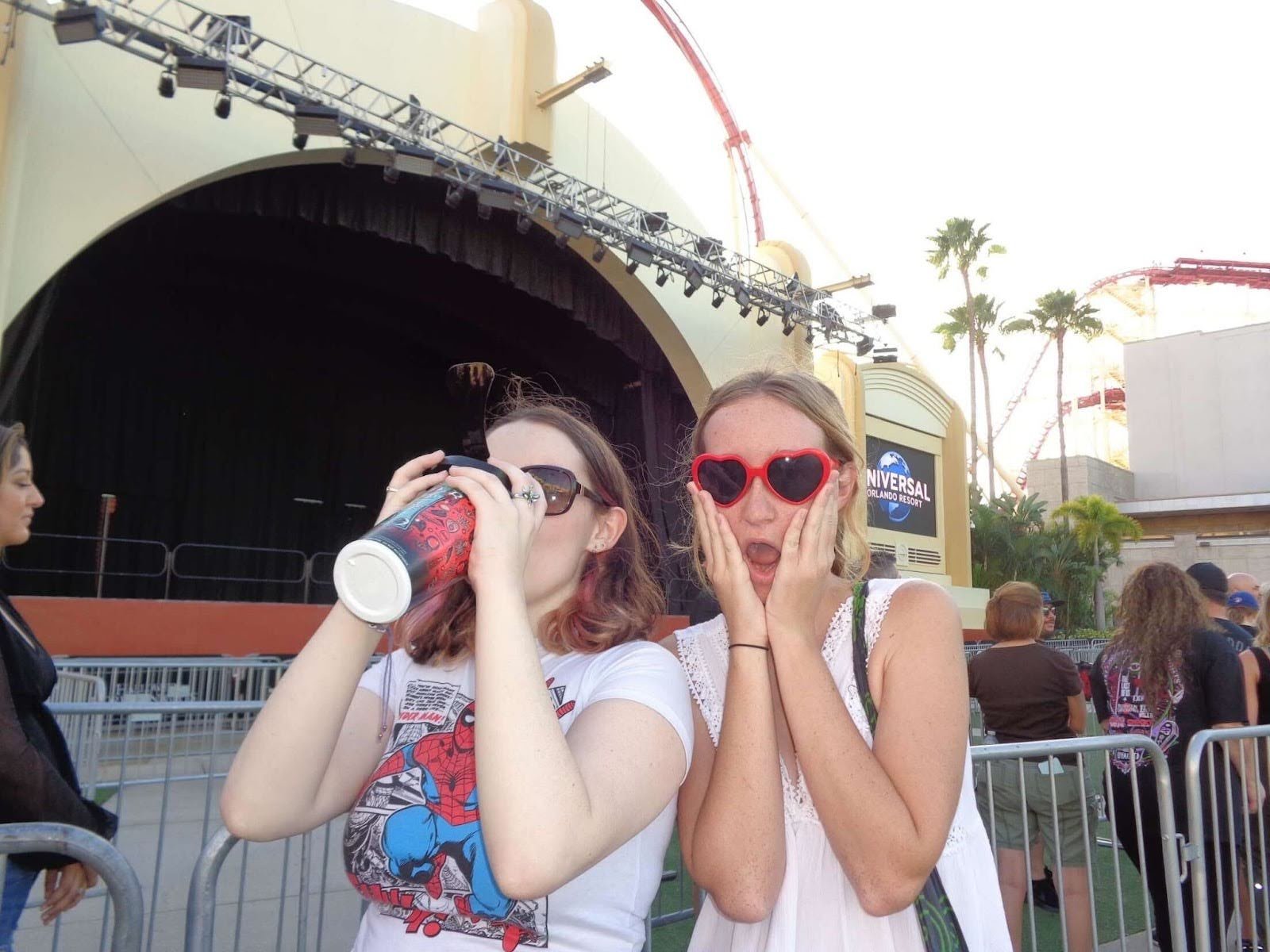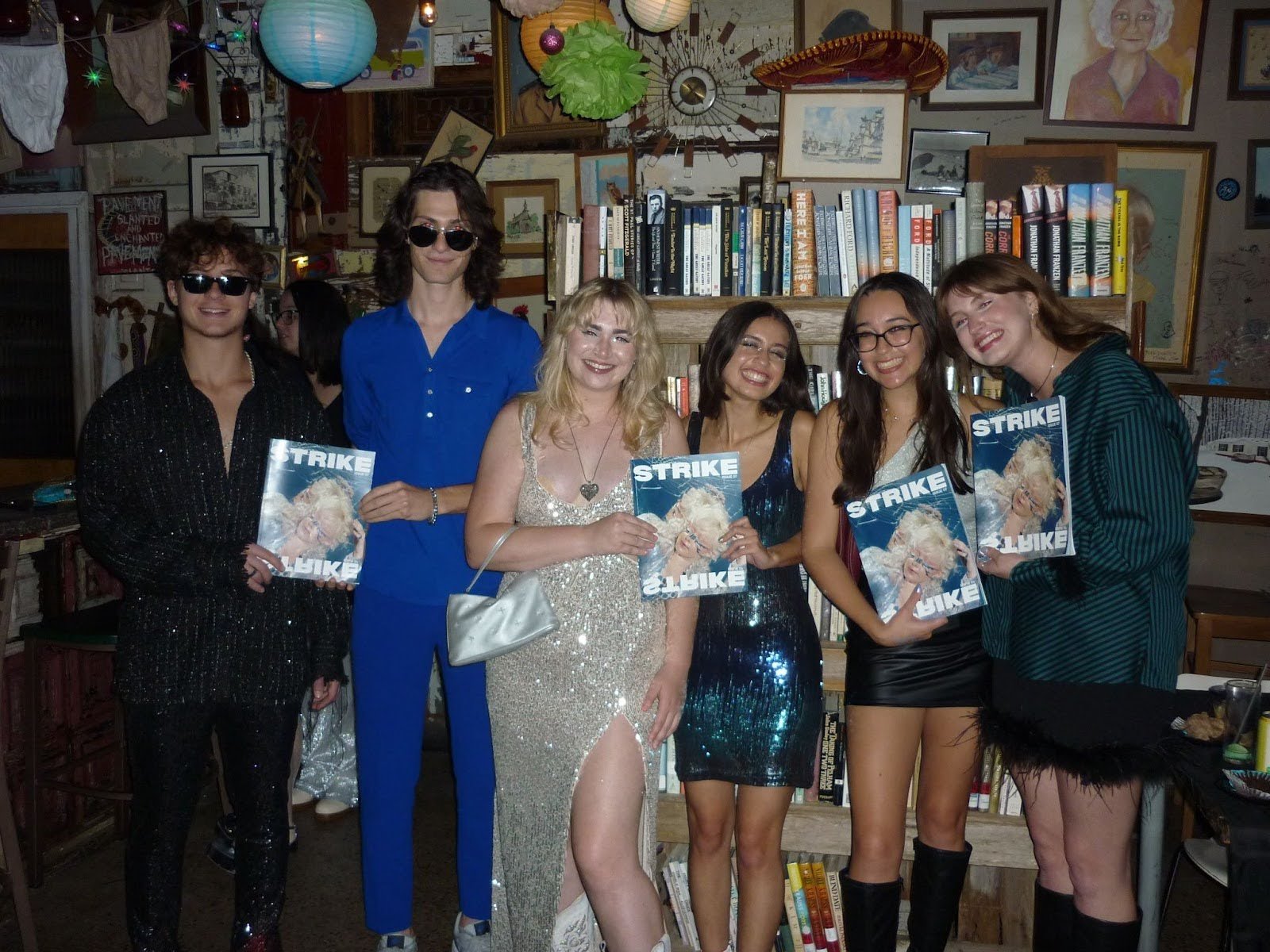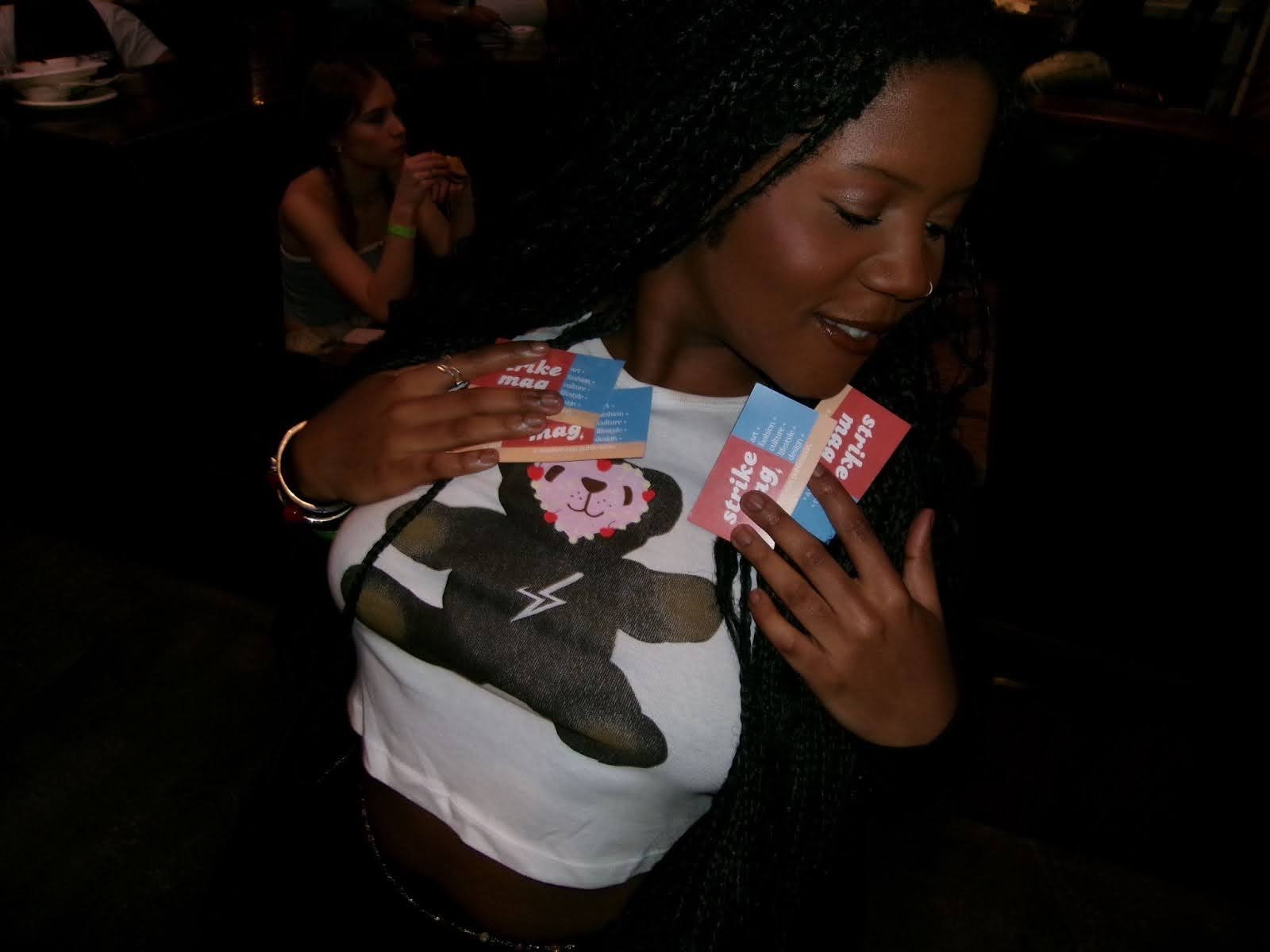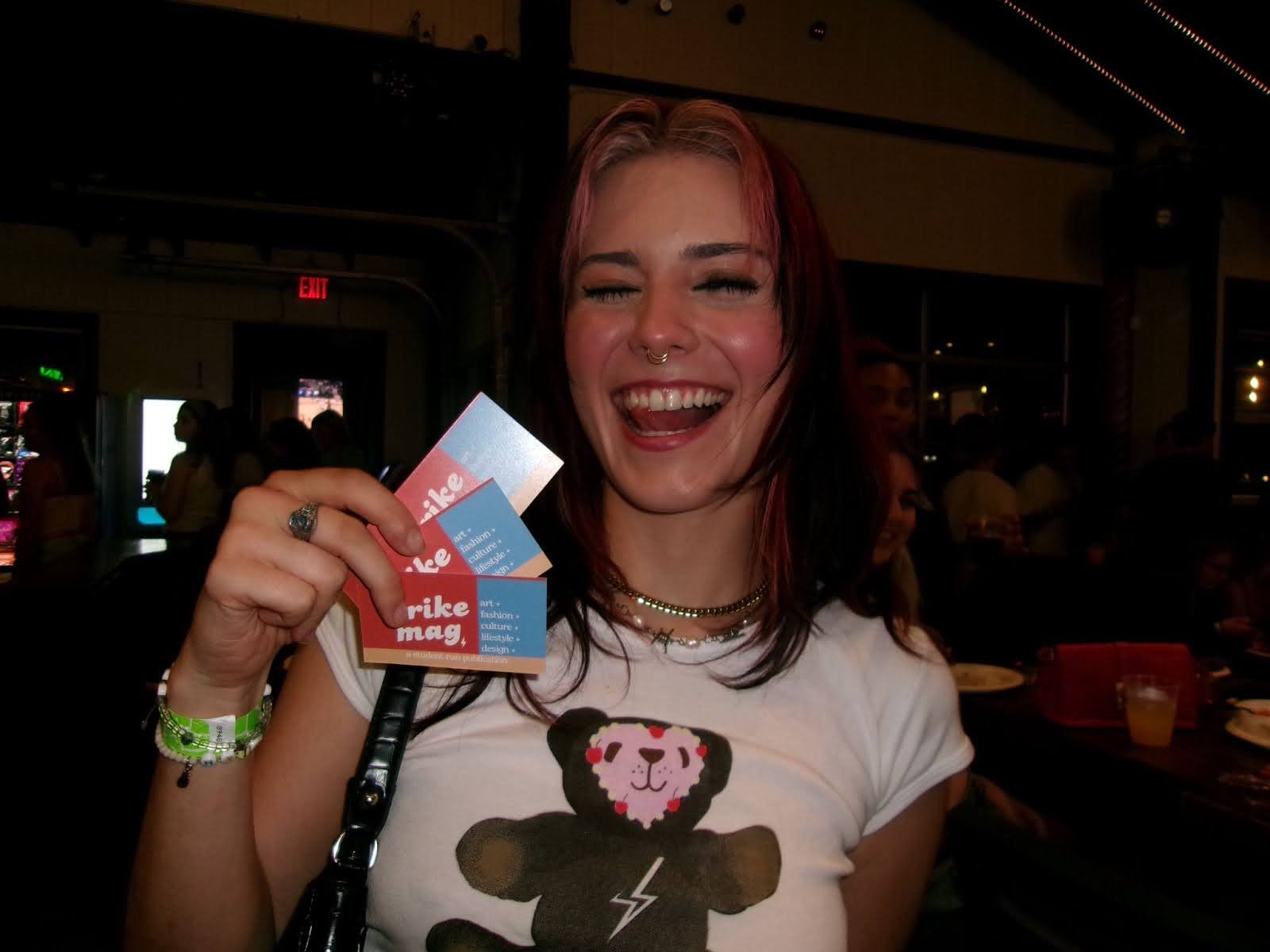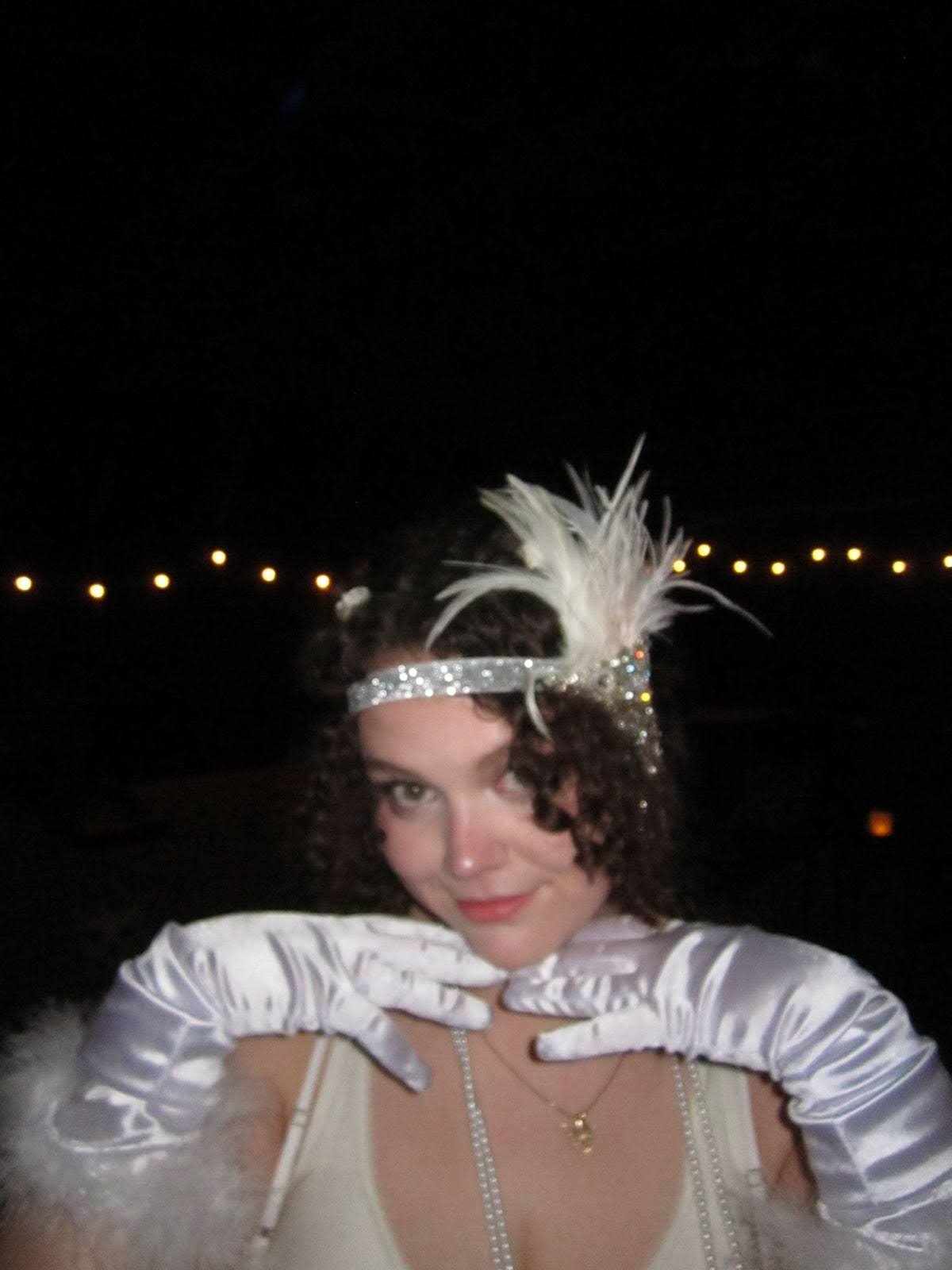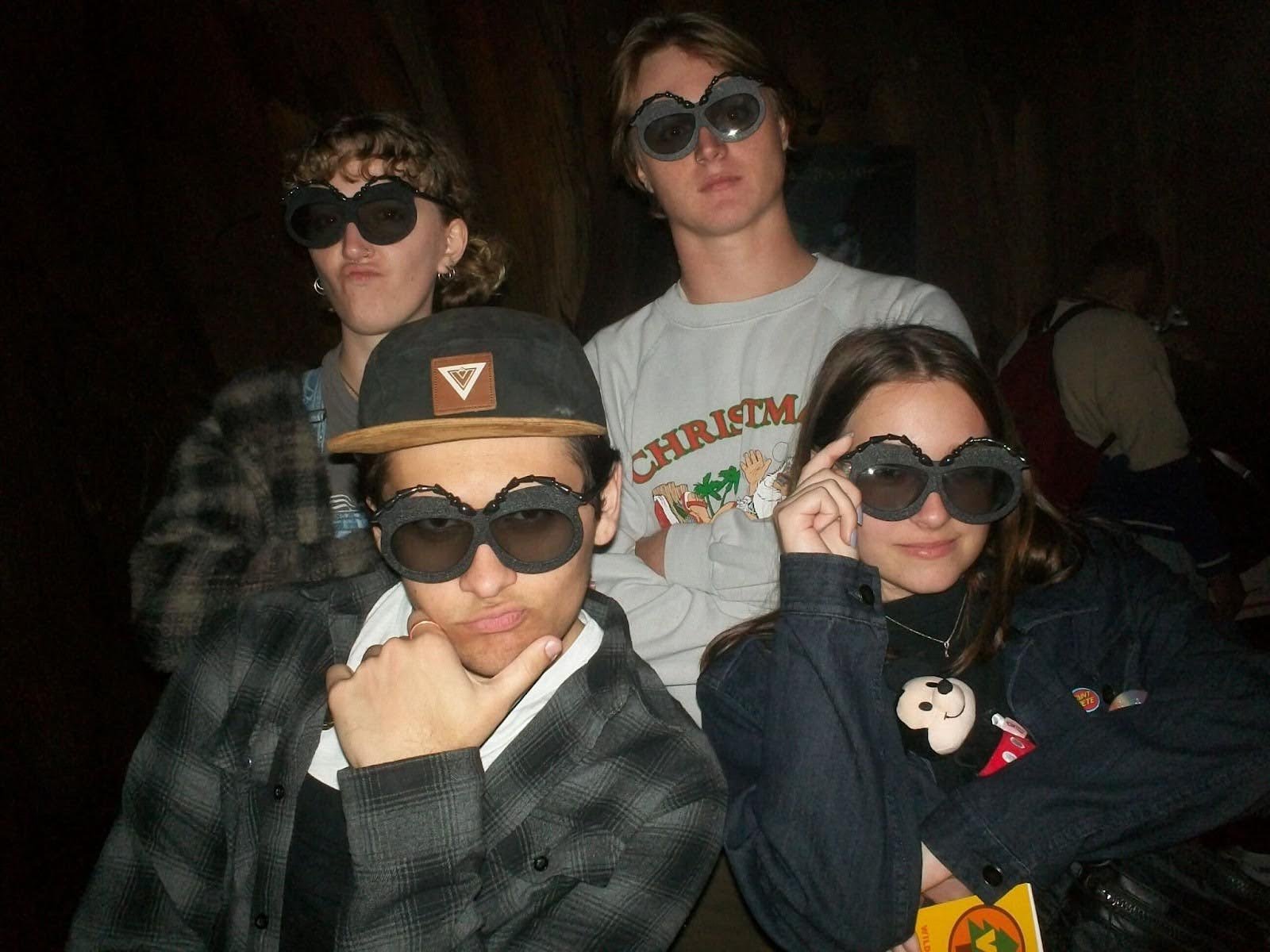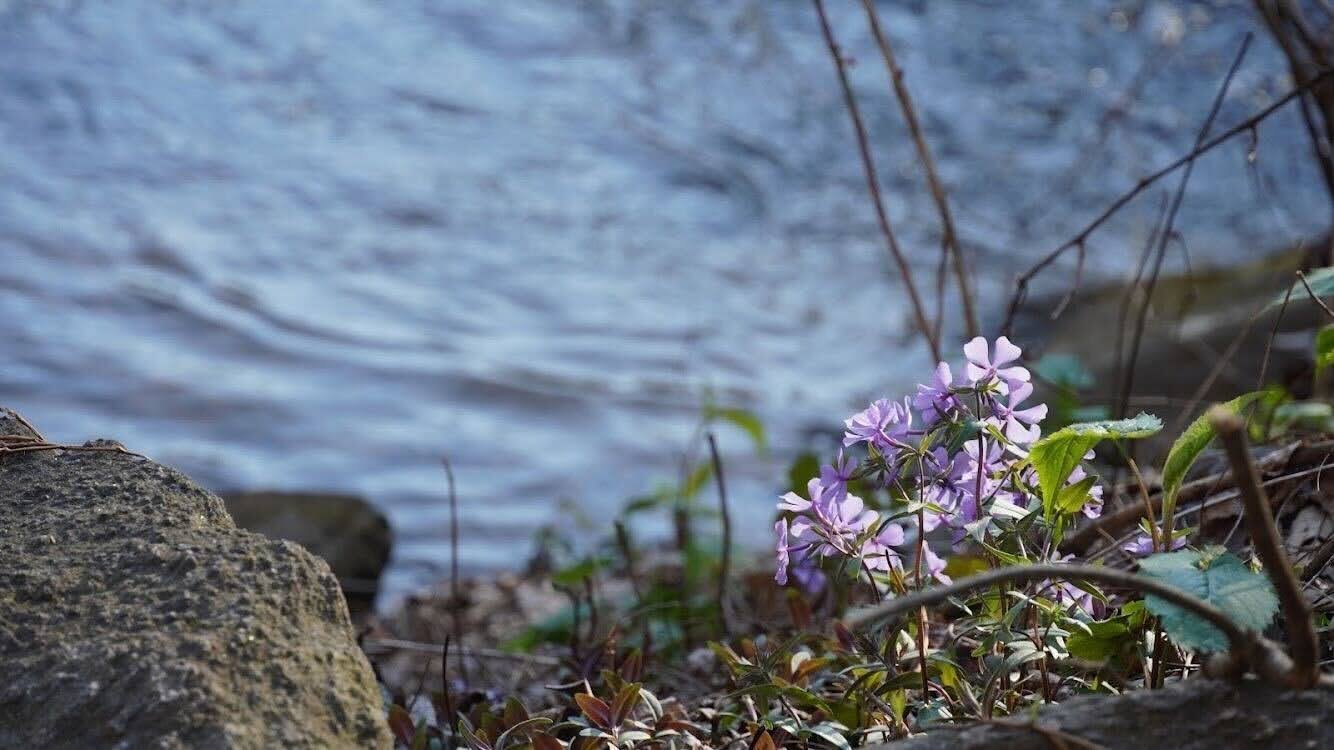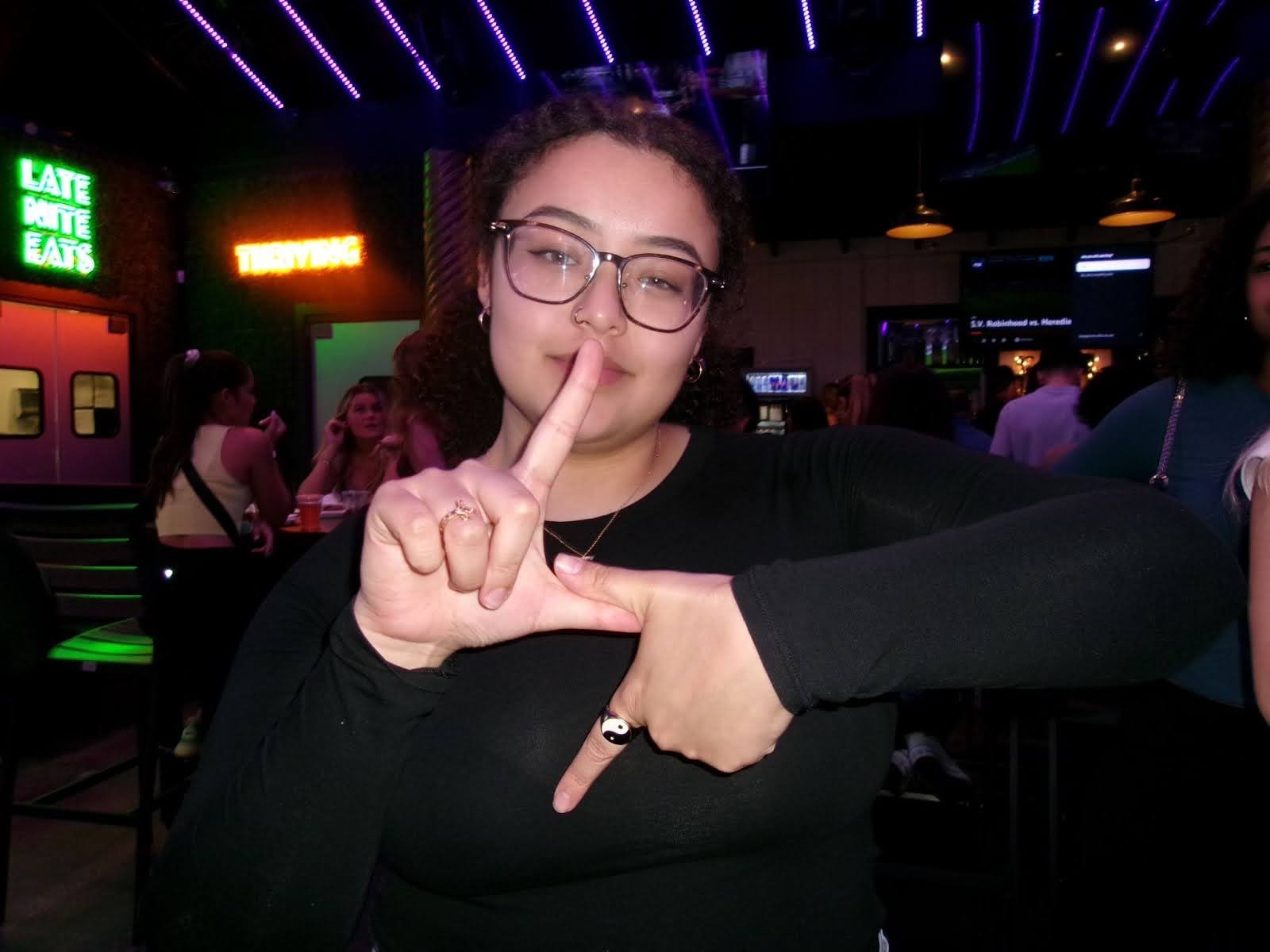Camera-Shy
With the surge in popularity of digital cameras, I thought it would be fun to look into the evolution of the medium we all know and love to see how it got to what we know it today. There have been significant changes from its creation to its development into the traditional handheld-style digital camera and even further into the development of the smartphone camera.
According to Cnet.com, the first ever digital camera was created by Steven Sasson, an engineer for Eastman Kodak, in 1975 and it did not resemble the modern digital camera at all. It only produced black and white photographs on a cassette tape. To fully record the image to the tape it took about 23 seconds, now think about how quickly you can snap a photo on your camera. It worked through switches, CCD electronic sensors, a film camera lens and a computer chip. The camera utilized these tools to create a process where the photographer could flip a switch and the photo would be taken, run through an analog to a digital converter where it would be saved on the computer chip and then shifted to a cassette where it could be stored. To see the photos, Sasson and his colleagues created a device that could transmit signals and present the images. As different and complicated as the process was, it created a revolution and opened the door for advancements in digital photography.
Camera companies began to leave film in the past, realizing the profitability that handheld cameras could bring them. They worked on many different models, featuring CCD sensor technology just as Sasson had experimented with years earlier. Canon and Sony were notably some of the companies that started working on camera prototypes, as mentioned in Capture.com’s article on digital cameras. These companies produced the Sony Mavica, which was the first electronic still video camera, and Canon’s RC-70, which was an analog electric camera.
Image Courtesy: Canon
The first commercial digital camera available to the public was the Dycam Model 1 in 1990, finally allowing consumers to discover this technology for themselves. Different from the previous cameras mentioned, this camera was strictly digital. The 1990s was a peak time for digital cameras, creating a distinctive look for themselves and allowing people to preserve memories simply and compactly.
Digital camera technology was implemented into smartphones in the 2000s, making it easier than ever for us to take pictures. Now it is easier than ever to use your phone and snap a quality photo, and for that, you can thank digicams.
The revival of digicams is a testament to the nostalgia factor they give, bringing back the charm they gave decades ago. Along with this comeback, it has caused people to thrift these cameras and encouraged sustainability. In the future, I see digital cameras staying and encouraging people to get into photography, especially since the quality beats that of our typical phone camera. There is a certain kind of nostalgia that comes along with the results.
Personally, I have been obsessed with digital cameras lately! I love seeing people post their pictures on social media and I would love to share some of the ways Strike Orlando has been using their digital cameras.
Image Courtesy: Roberto Cotto
Image Courtesy: Roberto Cotto
Image Courtesy: Roberto Cotto
Image Courtesy: Faith Reid
Image Courtesy: Alexis Calderwood
Image Courtesy: Sydni Torrero
Image Courtesy: Roberto Cotto
Strike Out,
Writer: Victoria Lopez
Edited By: Reanna Haase and Olivia Wagner
Orlando
Victoria Lopez is a content writer for Strike Magazine Orlando. Obsessed with mobile games and playing dress-up, she is always looking for new little trinkets to buy. She enjoys watching copious amounts of television, listening to music, and meticulously curating her latest Letterboxd review. You can find her on Instagram @victoriaatyy or contact her through victoriatylopez@gmail.com.

